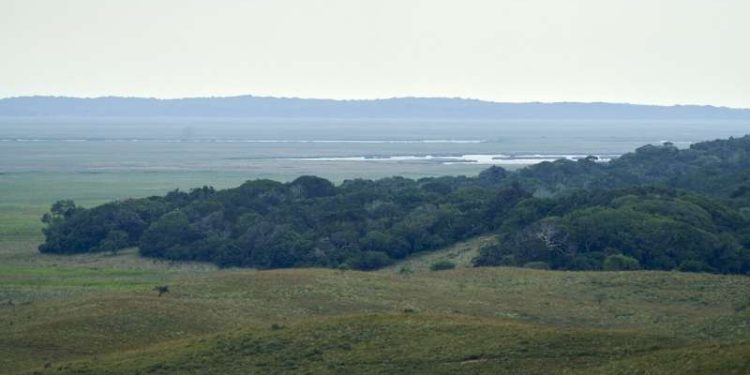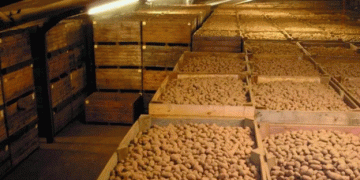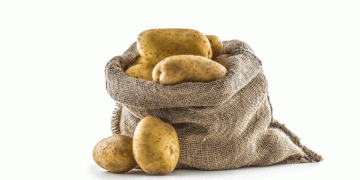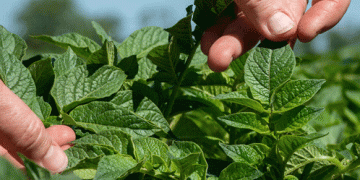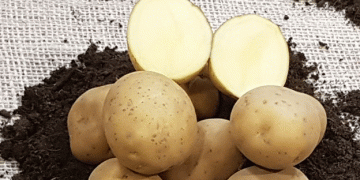This article delves into the fascinating relationship between ecology, climate, and agricultural vegetation. Drawing upon the latest data and insights from reputable sources, we explore the intricate dynamics between these factors and their implications for farmers, agronomists, agricultural engineers, farm owners, and scientists working in agriculture.
The interplay between ecology and climate plays a pivotal role in shaping the vegetation patterns crucial for agricultural productivity. Understanding the complex interactions and their consequences is of utmost importance for farmers and agricultural professionals striving to optimize crop yields, manage resources efficiently, and adapt to changing climatic conditions. Recent research highlighted in a report by Phys.org 1 sheds light on the intricate dance between ecology and climate and its implications for agricultural vegetation.
According to the study, the relationship between ecology and climate is highly nuanced and dependent on various factors such as temperature, precipitation, soil characteristics, and vegetation types. Changes in climate patterns, driven by human-induced factors and natural variability, can significantly impact vegetation distribution and productivity in agricultural landscapes. Shifts in temperature and rainfall patterns can lead to alterations in plant growth rates, flowering times, and pest dynamics, posing both challenges and opportunities for farmers and agricultural professionals.
The data reveals that rising temperatures and changes in precipitation patterns have the potential to disrupt established vegetation cycles and distribution patterns. Warmer temperatures can accelerate plant development and lead to earlier flowering, altering pollination dynamics and potentially impacting fruit and seed production. Conversely, altered rainfall patterns can result in drought stress or waterlogging, affecting crop growth and yield stability.
Furthermore, climate-induced changes in vegetation can influence pest and disease dynamics. As vegetation shifts or adapts to new climate conditions, it can create novel habitats or alter existing ones, leading to changes in pest populations and the emergence of new pest challenges. Agricultural professionals must stay vigilant and employ adaptive management strategies to address these evolving pest pressures effectively.
In conclusion, the intricate relationship between ecology and climate exerts a profound influence on agricultural vegetation. Climate change and variability can disrupt established vegetation patterns, posing challenges for farmers and agricultural professionals. However, by understanding these dynamics and employing adaptive management practices, agricultural stakeholders can proactively respond to changing conditions and optimize crop production. Collaboration among farmers, agronomists, agricultural engineers, farm owners, and scientists is essential to develop innovative strategies that enhance resilience and sustainability in agriculture.
Tags: ecology, climate, agricultural vegetation, crop yields, resource management, climate change, temperature, precipitation, pest dynamics, adaptive management
- Source: Phys.org
